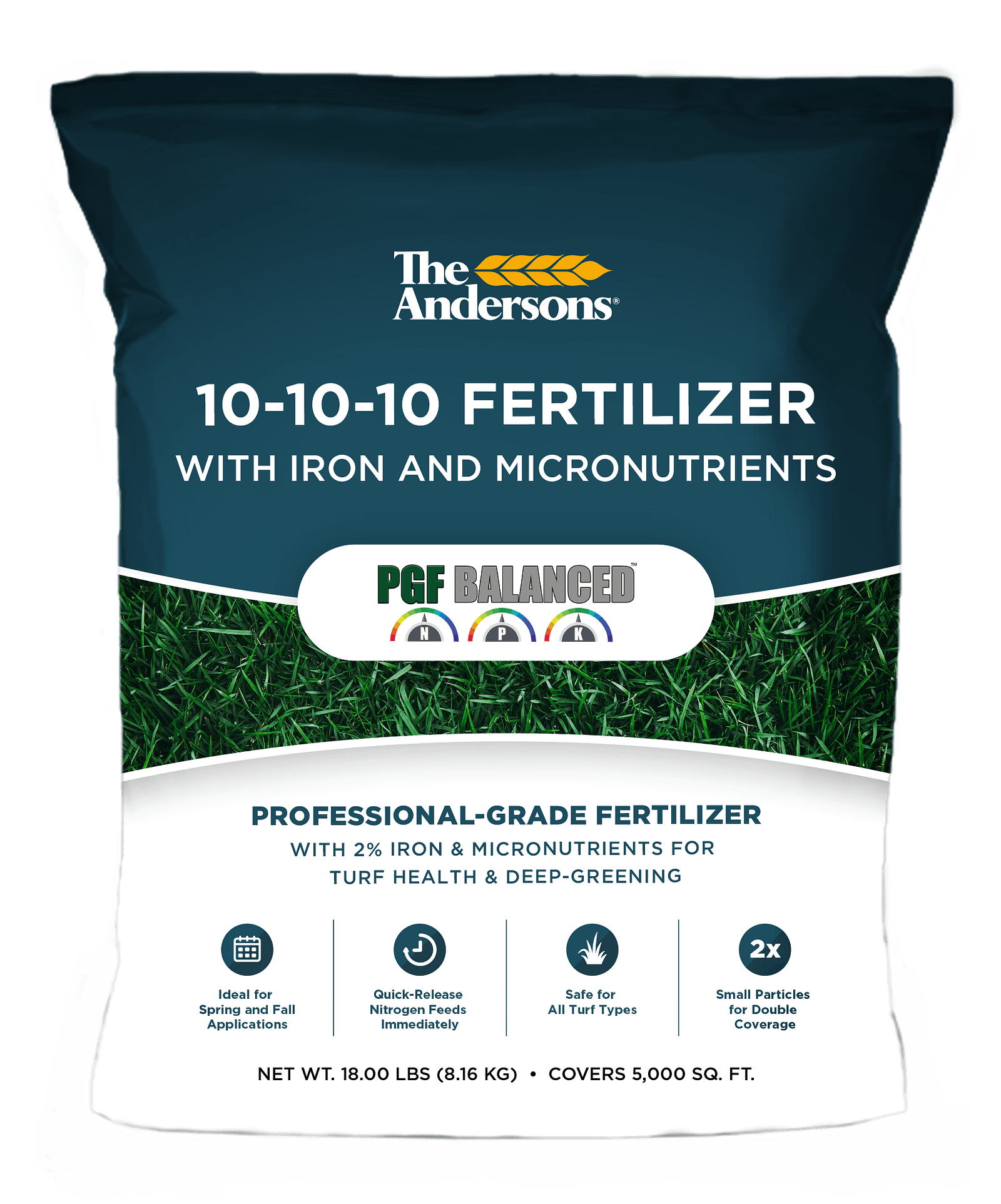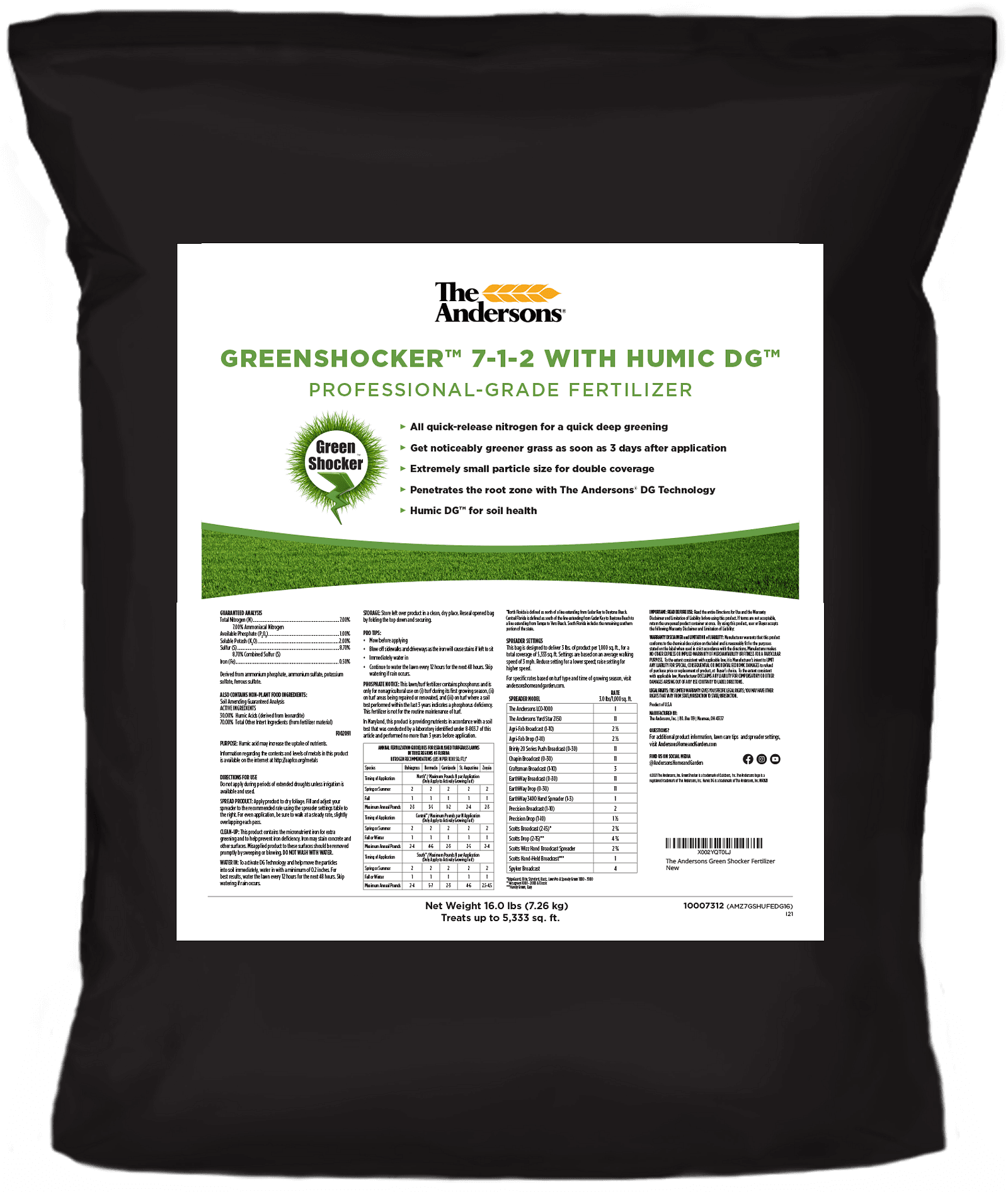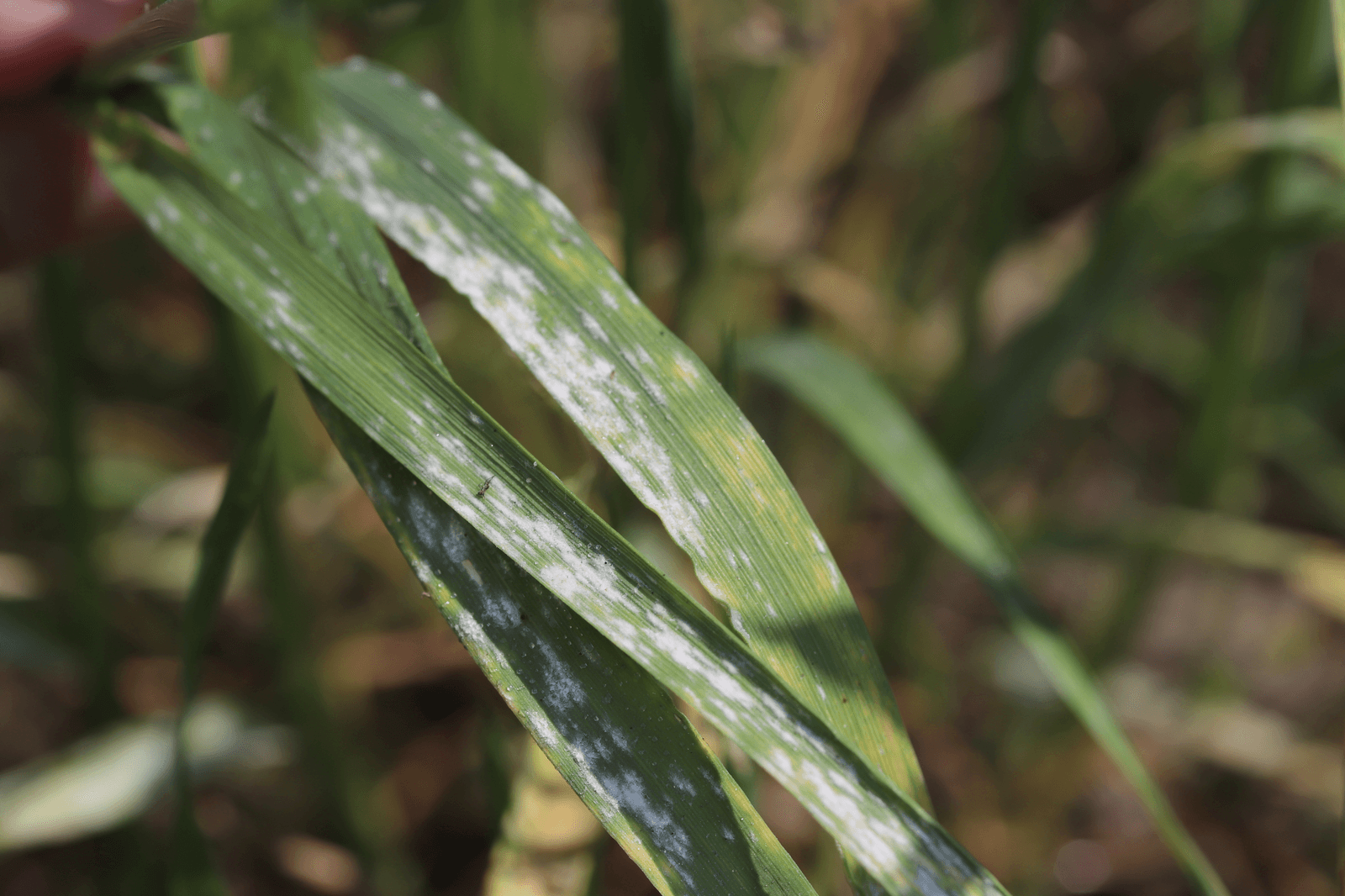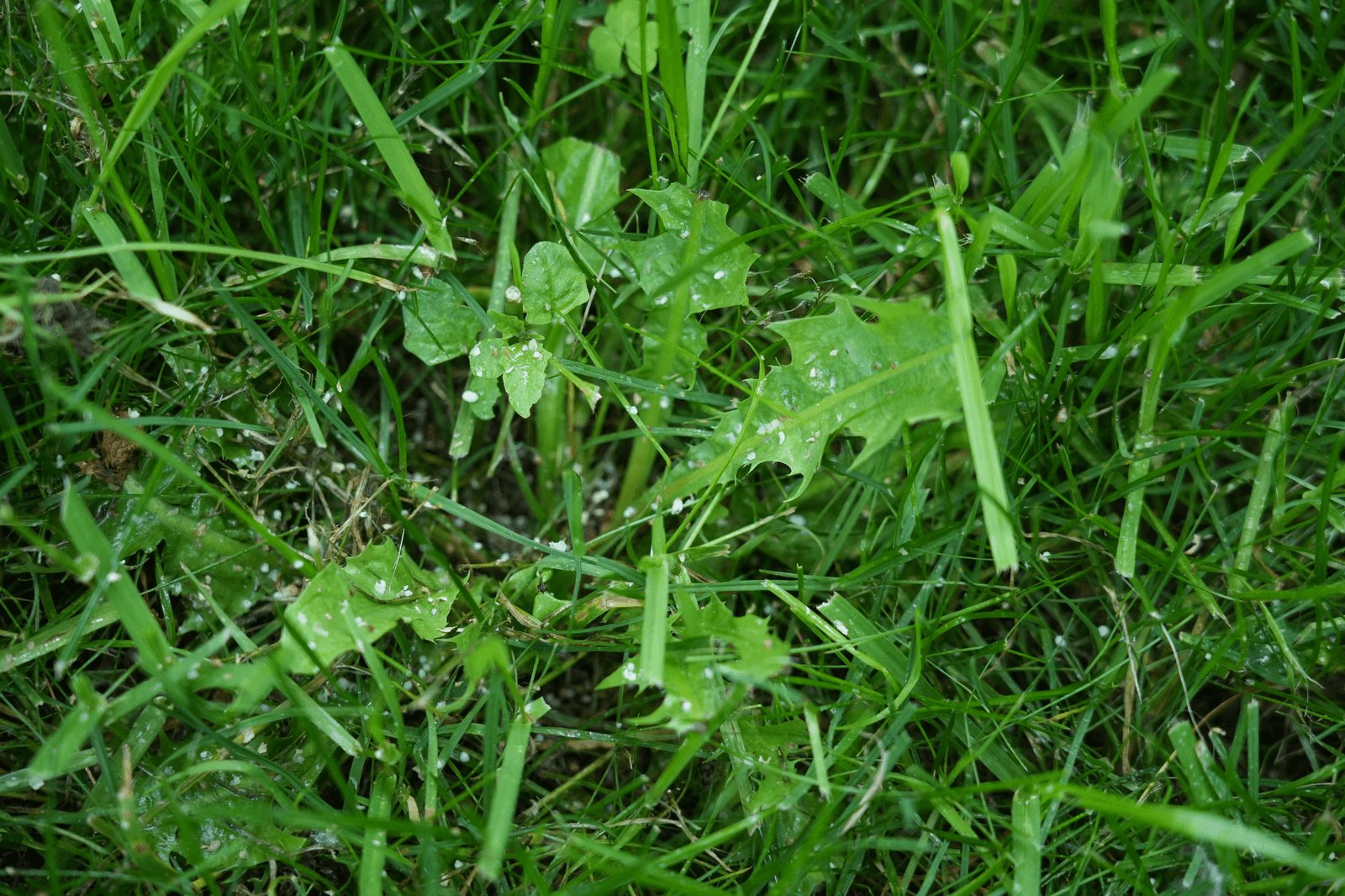A beautifully manicured lawn is often the envy of the neighborhood, and bermudagrass is a popular choice for southern homeowners looking to achieve that lush, verdant look. Known for its resilience, drought tolerance, and vibrant green color, bermudagrass is a top choice for many lawn enthusiasts. In this blog, we'll cover bermudagrass care and tips for maintaining a stunning bermudagrass lawn.
UNDERSTANDING BERMUDAGRASS
Bermudagrass (Cynodon dactylon) is a warm-season grass that has become a favorite choice for lawns, golf courses, and sports fields due to its ability to thrive in hot, sunny conditions. Bermuda grass is characterized by its fine texture, vibrant green color, and rapid growth rate during the summer months.

BERMUDA BENEFITS
There are some key benefits to growing a bermuda lawn, especially if you're located in the south.
Drought Tolerance: Bermuda grass is known for its exceptional drought tolerance. It can withstand extended periods of hot and dry weather, making it an excellent choice for regions with water restrictions or limited rainfall.
Fast Growth: Bermuda grass has a rapid growth rate, quickly filling in bare spots and recovering from stress or damage. This makes it a popular choice for high-traffic areas and sports fields.
Heat Tolerance: Bermuda grass thrives in full sun and is highly heat-resistant. It can maintain its vibrant green color even in the hottest summer months.
Pest and Disease Resistance: Bermuda grass is relatively resistant to common lawn pests and diseases, reducing the need for chemical treatments.
Low Maintenance: Once established, Bermuda grass lawns require minimal maintenance compared to some other grass varieties. They typically require less water and mowing.
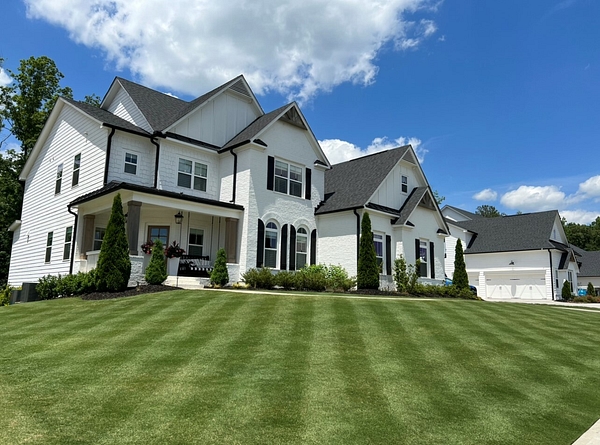
ESTABLISHING A BERMUDA LAWN
You've decided bermuda is the turf species for you. Now what? Here are some tips for how to get started with your bermuda lawn.
1. Soil Preparation: Begin by preparing the soil. Bermuda grass prefers well-draining soil with a slightly acidic to neutral pH. Conduct a soil test to determine if any amendments are needed.
2. Seeding or Sodding: Bermuda grass can be established from seed or sod. Seeding is a more cost-effective option, while sod provides instant results. Follow recommended seeding rates and guidelines for proper installation.
3. Watering: Keep the soil consistently moist during the establishment phase, which usually takes 2-4 weeks. Gradually reduce the frequency of watering as the grass becomes established.
BERMUDA CARE TIPS
Here are some tips every homeowner with a bermuda lawn can use.
Mowing: Maintain a mowing height of 1.5 to 2 inches for common Bermuda grass varieties, and 0.5 to 1.5 inches for finer-textured hybrids. Regular mowing promotes a dense, healthy lawn.
Fertilization: Apply a balanced fertilizer with a 3:1:2 or 4:1:2 ratio of nitrogen, phosphorus, and potassium, such as PGF Complete™ 16-4-8, during the growing season. Follow recommended guidelines for application rates.
Watering: Bermuda grass lawns need approximately 1 to 1.5 inches of water per week, either through rainfall or irrigation. Deep, infrequent watering is preferred to encourage deep root growth.
Aeration: Periodic aeration helps improve soil compaction and allows air and nutrients to penetrate the root zone.
Weed Control: Bermuda grass is highly competitive against weeds when it's healthy and well-maintained. Consider pre-emergent and post-emergent weed control measures as needed.
Follow the warm-season lawn care calendar for recommended timing of product applications.
A bermuda grass lawn can offer a stunning, resilient, and low-maintenance green space. With proper care, it will thrive in hot, sunny conditions, providing you with a beautiful outdoor oasis for years to come. Remember to tailor your lawn care routine to your specific region and climate, and enjoy the lush and vibrant beauty of bermudagrass.
Click below to learn more about other grass types:








